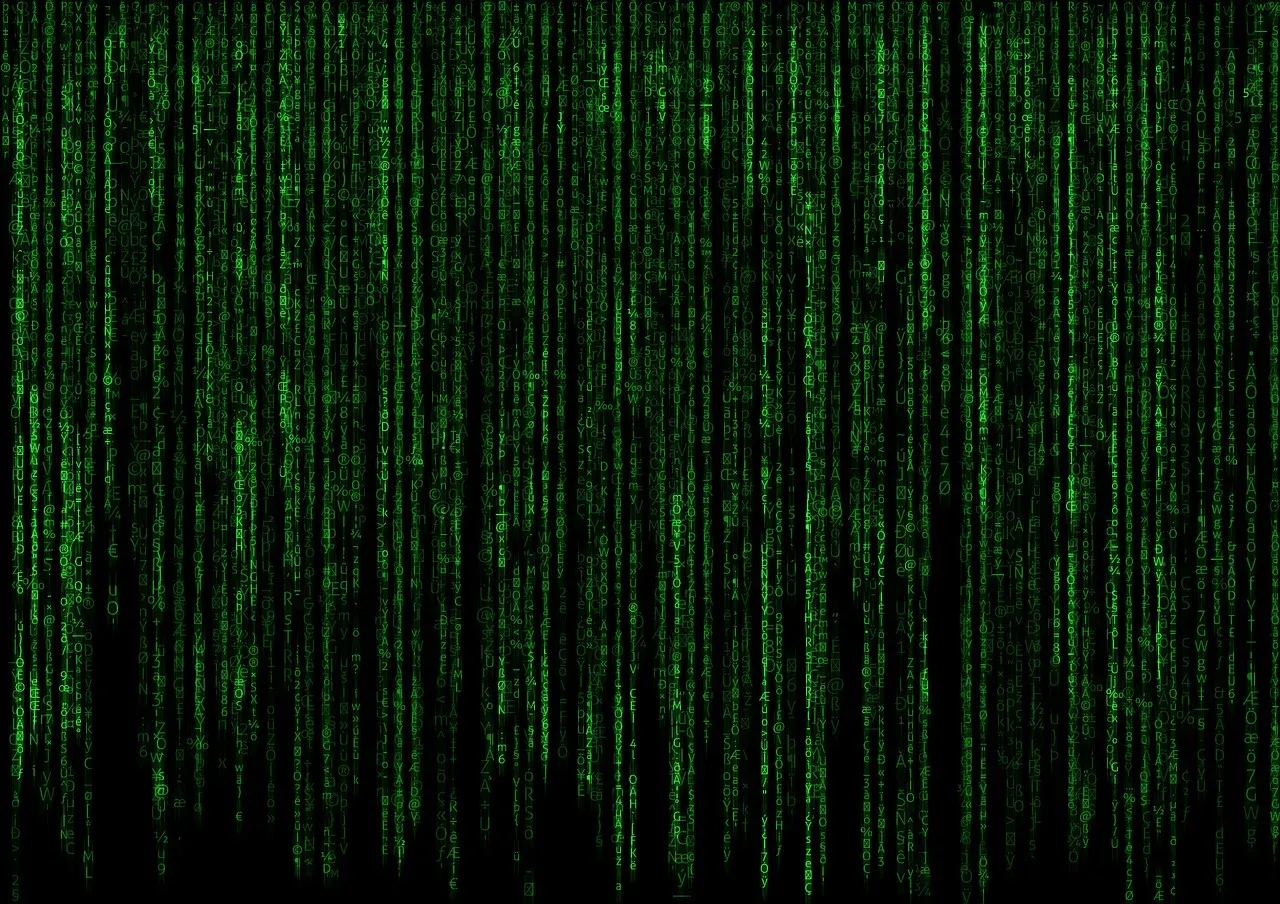The Dark Web

The dark web is a complex segment of the internet, often associated with anonymity and illicit activities. This analysis delves deeply into its technological infrastructure, the nature of its security threats, and the crucial role of dark web intelligence platforms for security.
The origins of the dark web are closely tied to the development of the Tor browser, initially created by the U.S. Naval Research Laboratory in the mid-1990s to protect intelligence communications. It evolved into a public tool for anonymizing internet activity, laying the foundation for the dark web. Over the years, the dark web has grown, hosting a mix of legal and illegal content.
The dark web's ability to provide anonymity and privacy is primarily enabled by the Tor network and a unique method called onion routing. These technologies are critical for understanding how the dark web operates. The Tor network is a system of volunteer-operated servers designed to enhance privacy and security on the internet. It's a crucial tool for accessing the dark web, but it's also used in the wider internet for protecting personal privacy.
How Does Tor Work?
- When a user connects to the internet via Tor, their data is routed through a series of these volunteer servers, known as nodes or relays. This process creates multiple layers of encryption and redirection, akin to a series of virtual tunnels.
- Instead of making a direct connection to a website, the user's request is bounced through several relays. Each relay only knows the location of the previous and next relays, but not the entire path.
Layered Encryption in Tor
- The data traveling through the Tor network is wrapped in multiple layers of encryption, similar to the layers of an onion (hence the term onion routing).
- At each relay, one layer of encryption is decrypted, revealing the next relay's location in the path. Importantly, the content of the data remains encrypted and secure until it reaches its final destination.
Onion Routing: Ensuring Anonymity
- Onion routing is the method by which data is transmitted across the Tor network. The data is encapsulated in multiple layers of encryption.
- Each onion router (or node) in the network peels away a single layer of encryption. This process reveals the next router's location, but no single router ever knows the full path or the original source of the data.
Achieving Anonymity
This complex routing and encryption make it extremely difficult, if not impossible, to trace internet activity back to the user. This provides a high level of anonymity and privacy, which is why Tor is a popular tool for both legitimate privacy-conscious users and those engaging in illicit activities on the dark web.
Security Threats on the Dark Web
The dark web hosts various security threats, from malware and hacking tools to the availability of hacker-for-hire services.
Malware-as-a-Service
- Overview: On the dark web, malware is often offered as a service. This includes ransomware, spyware, and various other malicious software that can be purchased or rented for cyber attacks.
- Accessibility: Such services have lowered the entry barrier for cybercriminals, allowing even those with limited technical know-how to launch sophisticated attacks.
Hacking and Spyware Tools
- Availability: The dark web marketplaces offer a wide range of hacking tools and spyware, which can be used to infiltrate systems, steal data, or monitor individuals without their consent.
- Diversity: These tools range from basic keyloggers to advanced espionage software, catering to various levels of cybercriminals.
Hiring Hackers
- Services Offered: Beyond tools, the dark web provides platforms for hiring hackers for specific tasks, such as data theft, system infiltration, or even launching cyberattacks against competitors.
Extensive Criminal Use of the Dark Web
The dark web, despite its potential for legitimate uses, has become infamously associated with a wide range of criminal activities, often operating under a veil of anonymity provided by technologies like Tor and onion routing. This hidden segment of the internet serves as a hub for various illicit activities, drawing in a spectrum of criminal actors, from terrorists to hackers, drug traffickers to human traffickers, and beyond.
A Hotbed for Illicit Activities
- Terrorist Networks: Terrorist groups exploit the dark web's anonymity to communicate covertly, plan attacks, disseminate propaganda, and sometimes even fundraise through cryptocurrency. The hidden nature of these activities makes it challenging for law enforcement agencies to monitor and intercept potential threats.
- Hackers and Cybercriminals: The dark web is a fertile ground for hackers and cybercriminals, offering a marketplace for selling stolen data, hacking tools, and services like hacking-for-hire. This environment enables cybercriminals to trade malware, exploit kits, and hacking services without easy traceability.
- Drug Trafficking: Online marketplaces on the dark web mimic legitimate e-commerce websites but are used for trading illegal drugs. These marketplaces facilitate global drug trade, with transactions often carried out using cryptocurrencies to maintain anonymity.
- Human Trafficking and Other Illegal Trades: The dark web also harbors more sinister activities like human trafficking. It provides a concealed platform for traffickers to operate with reduced risk of detection, trading in human lives as commodities.
- Streaming and Selling Illicit Content: There are areas of the dark web used for streaming or distributing illegal content, including pirated media and prohibited materials. These services are often hidden behind paywalls or accessible only to vetted users.
- Illicit Services for Hire: Beyond tangible goods, the dark web offers a range of illegal services. This includes hiring individuals for illicit activities, ranging from cyberattacks to murder for hire.
This extensive use of the dark web for criminal activities underscores its status as a digital underworld. While it is a bastion of privacy and anonymity, the same features that protect freedom of speech and privacy are exploited for nefarious purposes. The challenge for law enforcement and cybersecurity experts is to combat these illegal activities without infringing on the legitimate and necessary uses of the dark web for privacy and free expression. The ongoing battle against the criminal elements of the dark web is complex, requiring constant vigilance, technological advancement, and international cooperation.
Dark Web Intelligence Platforms: Essential for Modern Cybersecurity
In the realm of cybersecurity, Dark Web Intelligence Platforms have emerged as an indispensable tool for organizations and individuals who manage sensitive data. Their significance stems from the increasing sophistication of cyber threats and the vast expanse of the dark web, where stolen data and illicit activities often go undetected by conventional security measures.
Crawler Technology Explained:
- Definition: Crawler technology, also known as web crawling or spidering, involves automated software or 'bots' that systematically browse the World Wide Web (or in this case, the dark web) to index and gather information.
- Function in Dark Web Intelligence: In the context of the dark web, these crawlers navigate through hidden sites, forums, and marketplaces. They are designed to recognize and retrieve specific types of data, such as leaked personal information, confidential organizational data, or mentions of certain keywords related to an entity.
- Technical Sophistication: These crawlers must be exceptionally sophisticated to navigate the complexities and anonymized layers of the dark web. They often need to bypass security measures or encryption that dark web sites use to hide their content from unauthorized eyes.
Benefits of Crawler Technology:
- Early Detection of Data Breaches: By finding instances of leaked or stolen data on the dark web, organizations can be alerted to breaches they may not yet be aware of. This early detection is crucial for mitigating damage.
- Identification of Threats: These platforms can identify potential threats or criminal activities directed towards an organization, such as plans for cyberattacks or selling of stolen company data.
- Monitoring Brand Reputation: They also help in monitoring how a brand or organization is being discussed or misused on the dark web.
Anonymity and Its Failures
While the dark web's anonymity is robust, it is not infallible.
Potential Failures
- Operational Security (OpSec) Mistakes: Anonymity can be compromised by user errors, such as accessing personal accounts or using traceable cryptocurrencies.
- Technical Vulnerabilities: Software vulnerabilities, if not timely patched, can also expose users.
Staying Safe
- Best Practices: Users must follow strict operational security protocols, like using VPNs alongside Tor, to maintain anonymity.
Future of the Dark Web and Quantum Computing
- Quantum Computing Threat: The emergence of quantum computing poses a significant threat to the encryption methods that underpin the dark web’s anonymity. Quantum computers, with their immense processing power, could potentially decrypt many of the cryptographic protections currently in place.
- Implications for Anonymity: If and when quantum computing becomes more accessible, it could fundamentally change the structure and security of the dark web, potentially exposing users who rely on its current encryption methods.
The dark web's intricate balance of anonymity, privacy, and security threats presents a unique challenge. Understanding its technological underpinnings, the nature of threats it harbors, and the importance of intelligence platforms is crucial for navigating this enigmatic part of the internet. While it offers a haven for privacy and free speech, it also necessitates vigilant security measures to protect against the darker aspects it holds.
Article Links:



Thanks for reading!
TIME IS MONEY: Your Free Daily Scoop of Markets📈, Business💼, Tech📲🚀, and Global 🌎 News.
The news you need, the time you want.

Support/Suggestions Emails:
timeismoney@timeismon.news


